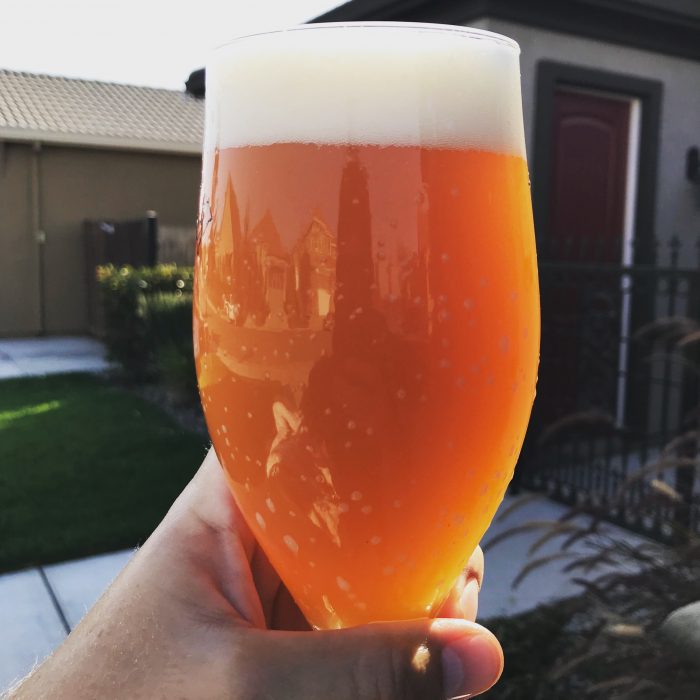
The process of priming is critical within homebrewing and is necessary for natural carbonation within bottles. People sometimes overlook the importance of carbonation, but it is one of the most significant aspects of beer, affecting its appearance and how it feels in the mouth. You'll need to know about priming sugar, especially if you're a beginner without a kegging setup yet. As a bonus, you can practice your “real ale” homebrewing techniques.
The most common way of carbonating a bottle of beer is to add priming sugar, but this isn’t as simple as it seems at face value, as you have to work out precisely how much sugar to add, and the type of priming sugar to use. Here's my preferred calculator from Northern Brewer. I've always used that one because it lists the beers by styles, so I don't have to look up an exact volume of CO2 that I need. One step less for me!
This chart has done well for me for many years.
Volume of CO2 is essential, but it's not the only thing to consider. Using unique priming sugars can add another dimension to your beer. When it comes to choosing what type of priming sugar to use, one of the key considerations is what flavor you want to add to the beer. If you don’t want to add a particular flavor, then corn or table sugar are the best ways to go, but otherwise, there are many other options.
Corn Sugar (Dextrose)
Most homebrew kits will come with corn sugar packets. Corn sugar does not influence the taste of the finished beer. It's easy for yeast to digest, and very soluble. That means you can put it in some warm water, swirl it around, and be good to go. Some people might even just dump the powder directly into your bottling bucket.
An additional benefit of using corn sugar is that it can be obtained at any homebrew store, packaged in the amounts that you need for bottle carbonation, making it easy to get the right amount without having to worry about measurement.
It can be slightly more expensive than regular table sugar though, so why not just use that? Well, many people do. However, some homebrewers also argue that there is a difference in taste between table and corn sugar, with table sugar producing a less desirable taste. Why?
The best explanation I've heard is that corn sugar is a monosaccharide, while table sugar is a disaccharide. Get that? Mono VS Di, meaning one vs two. It's going to take yeast more energy to split the two-bond version, so if your yeast is weak and stressed, it may produce off flavors.
However, if you are following basic homebrewing rules like proper mashing (to provide yeast nutrients), adding enough yeast to ferment your beer properly (usually with a yeast starter), and oxygenating your wort, you'll end up with plenty of healthy yeast swimming around in your beer at the end of fermentation.
That means no off-flavors from yeast stress.
Table Sugar (Sucrose + Fructose)
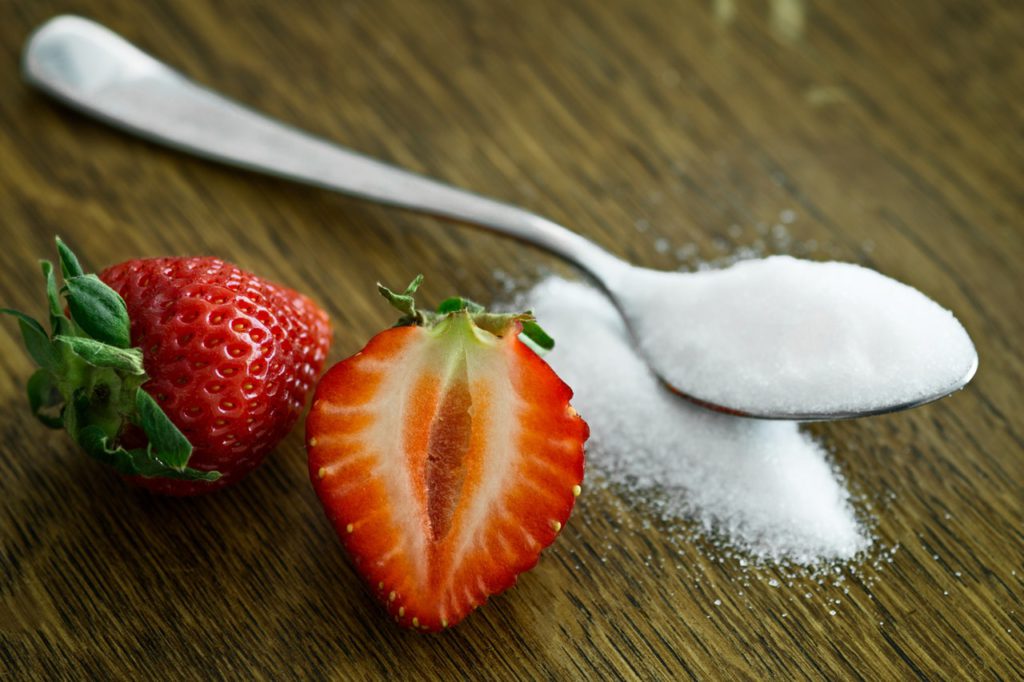
This is the most basic type of priming sugar and is appealing because it is low cost and easy to obtain. Table sugar does not add any flavor to the beer, so is useful for any type of beer, making it highly versatile. Some homebrewers use table sugar on a regular basis without any issues, but other brewers claim that table sugar produces inconsistent results and should not be used.
In general, you can use table sugar with no issue, and you will never be able to tell the difference. Most people's tasting abilities are not refined, so even if there were a slight difference in flavor, nobody would really be able to tell.
The measurements for table vs corn sugar additions are different though, so don't just substitute one for the other!
BROWN SUGAR VS Raw Sugar
Using brown sugar as a primer for carbonation is very popular for darker beers or winter spiced beers. Brown sugar is actually molasses mixed with white sugar in varying degrees, from 3.5% for light brown, up to 6.5% for dark brown sugar. This will definitely add some flavor to your beer. Molasses has been described as having a caramel, smoky, or bitter flavor.
You definitely won't get as much flavor as if you used straight molasses, but you may get some subtle notes.
Raw sugar on the other hand, is simply sugar that hasn't been refined. I haven't used this to prime a beer myself, but since there are no additions, and no boiling, I wouldn't expect much perceptible flavor difference between table sugar and raw sugar.
Honey
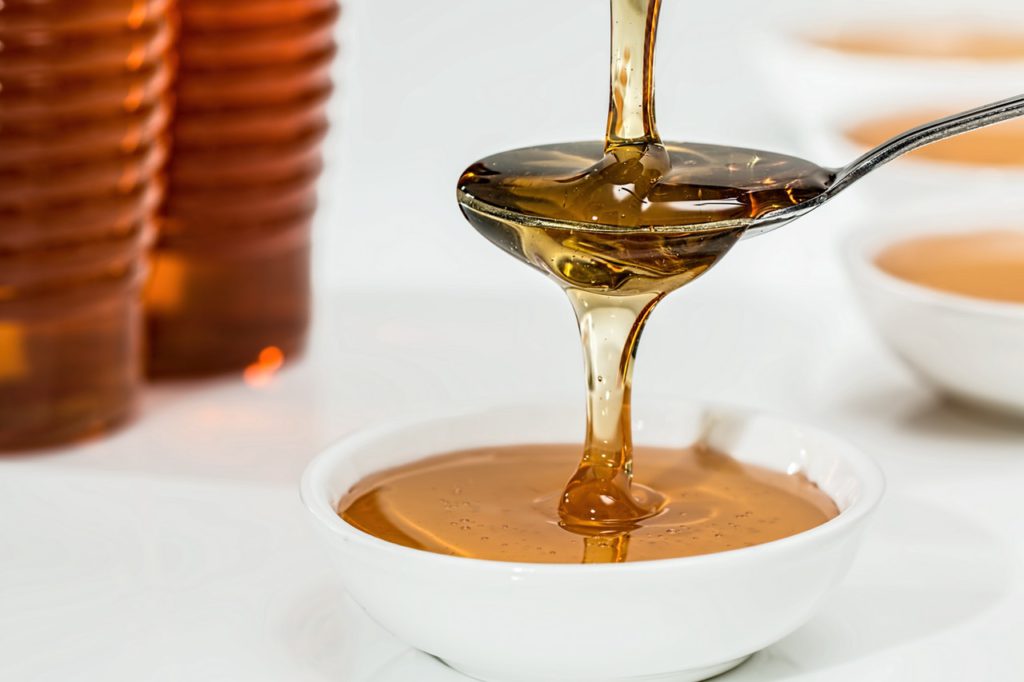
As a primer, honey is a good way to add extra depth to the flavor of a beer. Over 600 volatile compounds have been identified in honey! The exact flavor profile will vary depending on the type of the honey that you add, since wildflower honey will taste different from, buckwheat, clover, or orange blossom.
Because you're adding such a small amount, the flavor additions of honey will be usually only be detectable in lighter flavored beers such as blondes, kölshes, or low ABV saisons.
I wouldn't expect much to show through in your Russian imperial stout! Who knows though – an IPA with a hop profile that accentuates honey flavors, or even a strong ale with a larger honey addition to boost the gravity (and dry it out) might do well with honey as a priming sugar.
Using honey (or syrup) as a primer can be challenging, particularly to new homebrewers, as the gravity of honey is different in each jar, and there is no concentration standard to work off.
To effectively use honey as a primer it is necessary to dilute it and take advantage of a hydrometer to measure the gravity of the mixture. That's another big step on bottling day that isn't worth it for me, since for most beer drinkers, the slight honey flavor may not even be perceptible. Still, it's pretty cool to call your beer a “honey blonde”, and those types of lighter beers tend to be better crowd pleasers than your face-melting, kitchen-sink IPA.
MAPLE SYRUP
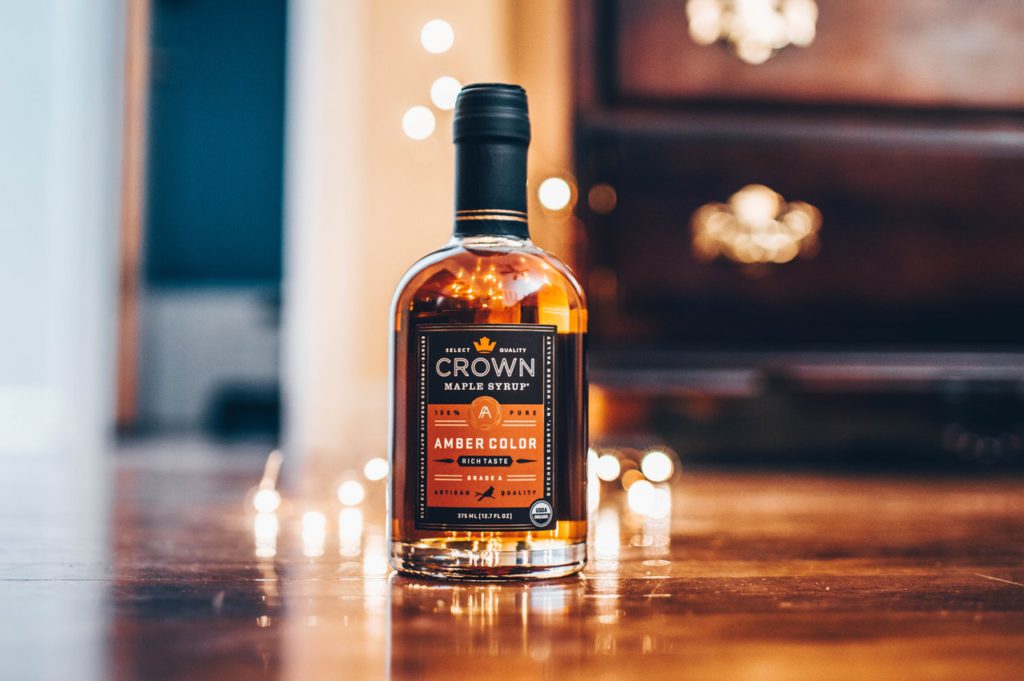
Additionally, syrups can be used for priming, such as maple syrup and molasses. As a general rule, sugars and syrups that are darker will produce a noticeable aftertaste that is sometimes desired, and works well with heavier and darker beers. A holiday ale or porter would be perfect. It's actually pretty common to use maple syrup as an ingredient in breakfast stouts!
Maple syrup is another fun one to research, containing many volatile compounds like honey, but with the addition of a human element to bring more variety. You can't just suck maple syrup out of a tree. It has to be boiled down first, creating pyrazines, which further contribute to flavor.
Syrup flavor and aroma can vary based on type of tree, geographical location, year produced, and production process. Like honey, some flavors may be lost with stronger or darker beers, but the effect is less-so, because the flavor of maple syrup is less delicate.
When you go to buy maple syrup, you still have another choice to consider! Your first instinct will be to get the good stuff – not “maple flavored” syrup. However, that fake stuff is produced with artificial flavors that will probably last longer as your beer ages, so if you really want a maple profile, it might be the better option!
Sorry to go on so long about maple syrup, but one myth should be dispelled before we quit. There's some discussion over Grade A vs Grade B maple syrup, with the rumor being that grade B is less refined, therefore less fermentable, so will retain more flavors. This is not true. Grade B is simply harvested at a different time of year.
It does have stronger flavors though, so you still may want to seek it out for your brews (it's usally not available in stores, at least on the west coast)
Molasses
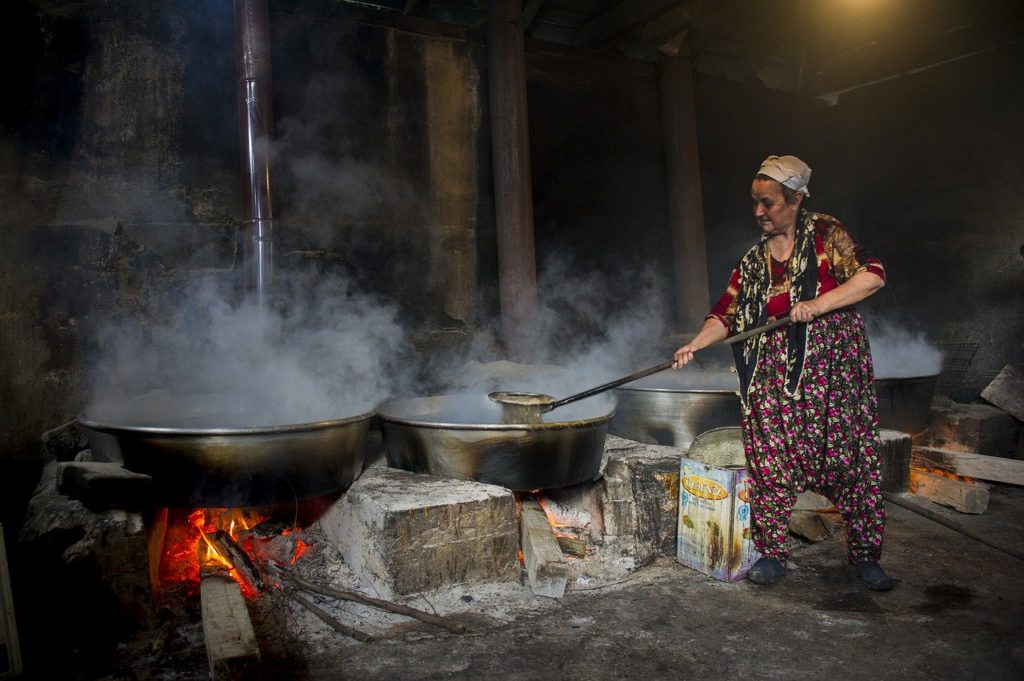
Molasses probably has the strongest flavors of any of these alternative priming sugars. I haven't used it myself, but I'd say reserve this one for winter warmers and other stronger beers.
Of course, however, homebrewing is all about experimenting, so maybe a mint amber with molasses will work. Actually, now that I think about it, a pumpkin ale or scotch ale might be interesting.
Molasses is essentially boiled cane sugar, and comes in three grades: light, dark, and blackstrap. Each subsequent darkening, indicates more boiling, stronger flavors, and fewer fermentables. There's not a whole lot of information online about how to use molasses for a priming sugar, so you can experiment, or just stick it in the secondary to get the flavor profile you want.
Using Other Sugar To Prime
An important point to note about different types of priming sugar is that they all produce different amounts of carbonation. These differences have to be taken into account during calculation of how much priming sugar to add. Anything with sugar can be used as a primer, and you may have to experiment to get things right.
Take a look at what type of sugar is used to get a starting point. For example, Hershey's chocolate syrup contains mostly high fructose corn syrup.
Why not fruit juice? Adding some watermelon juice to after your wheat beer ferments out could make a delicious, refreshing, summer beer. You could do a five gallon batch of an IPA and add different fruit to each bottle! After all, individualization and experimentation is what homebrewing is all about.
What's the craziest priming sugar you've used or wanted to try?
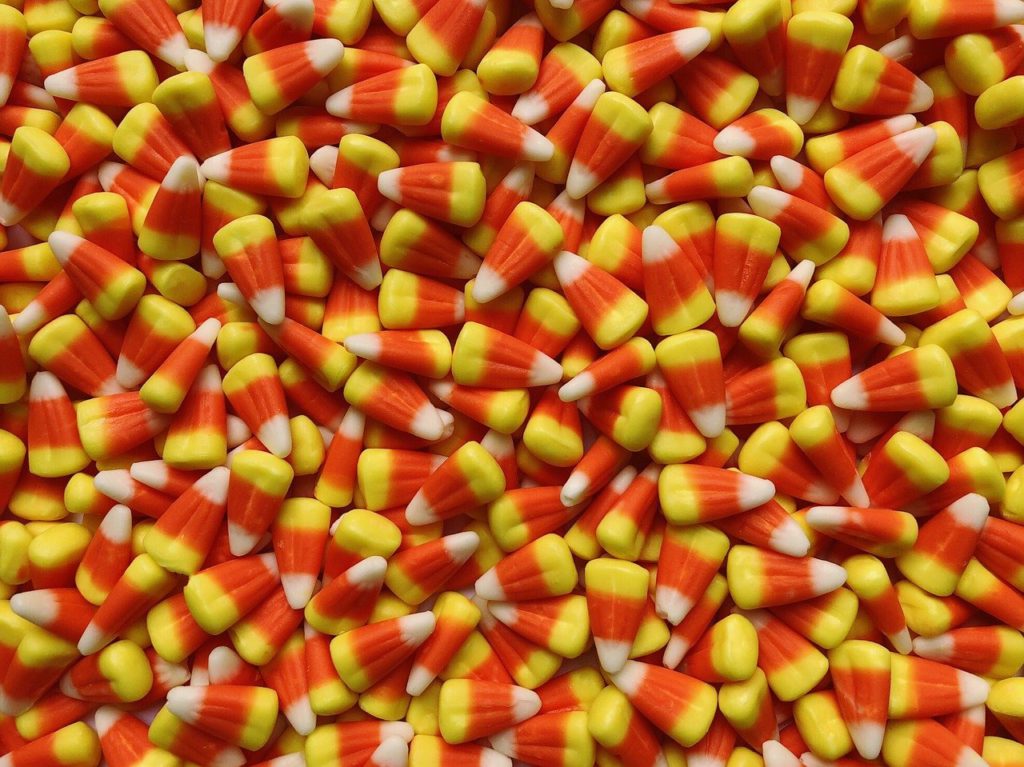
Leave a Reply